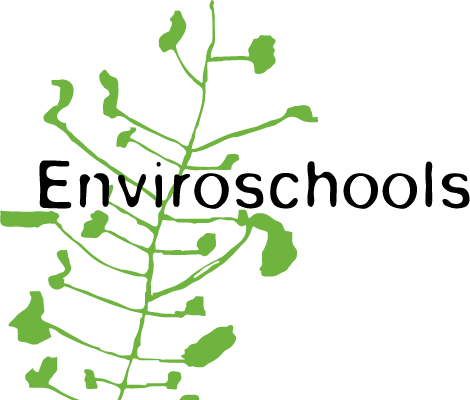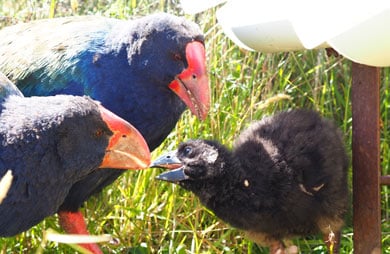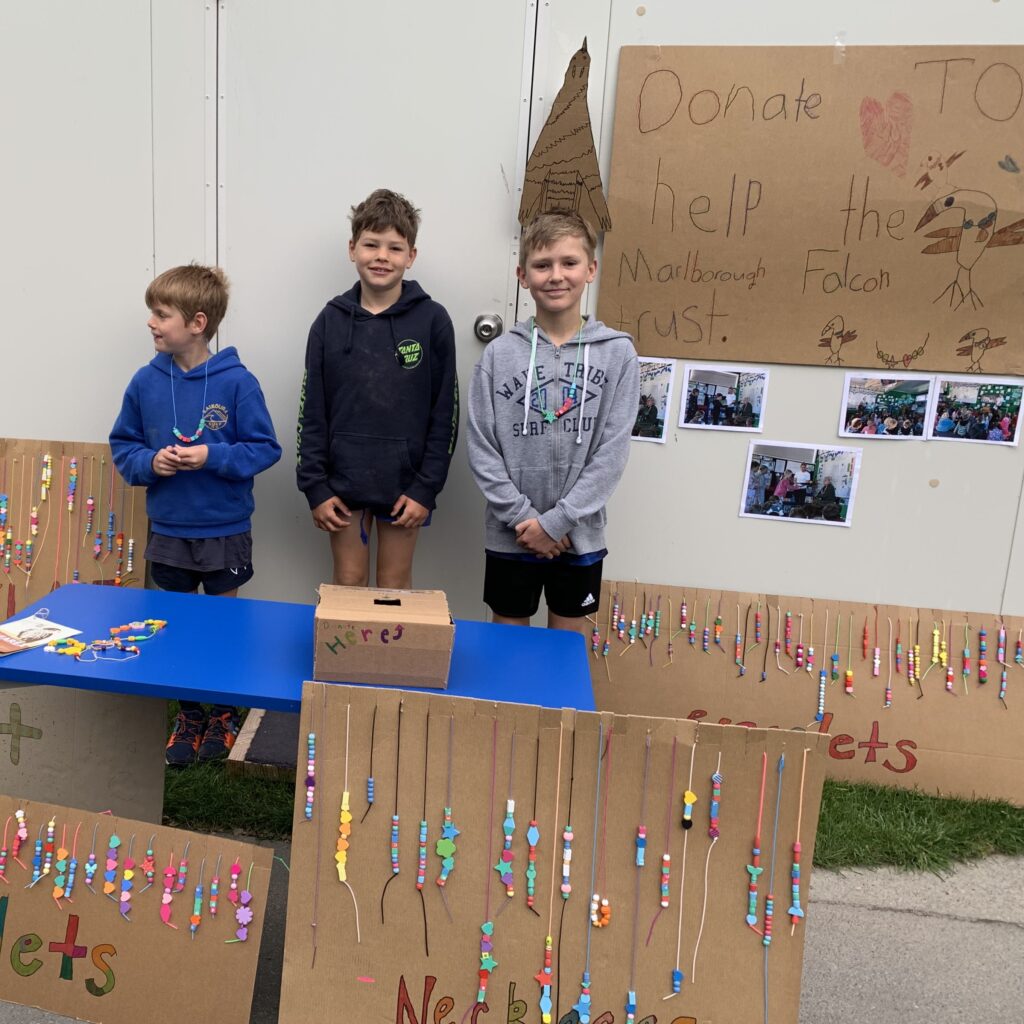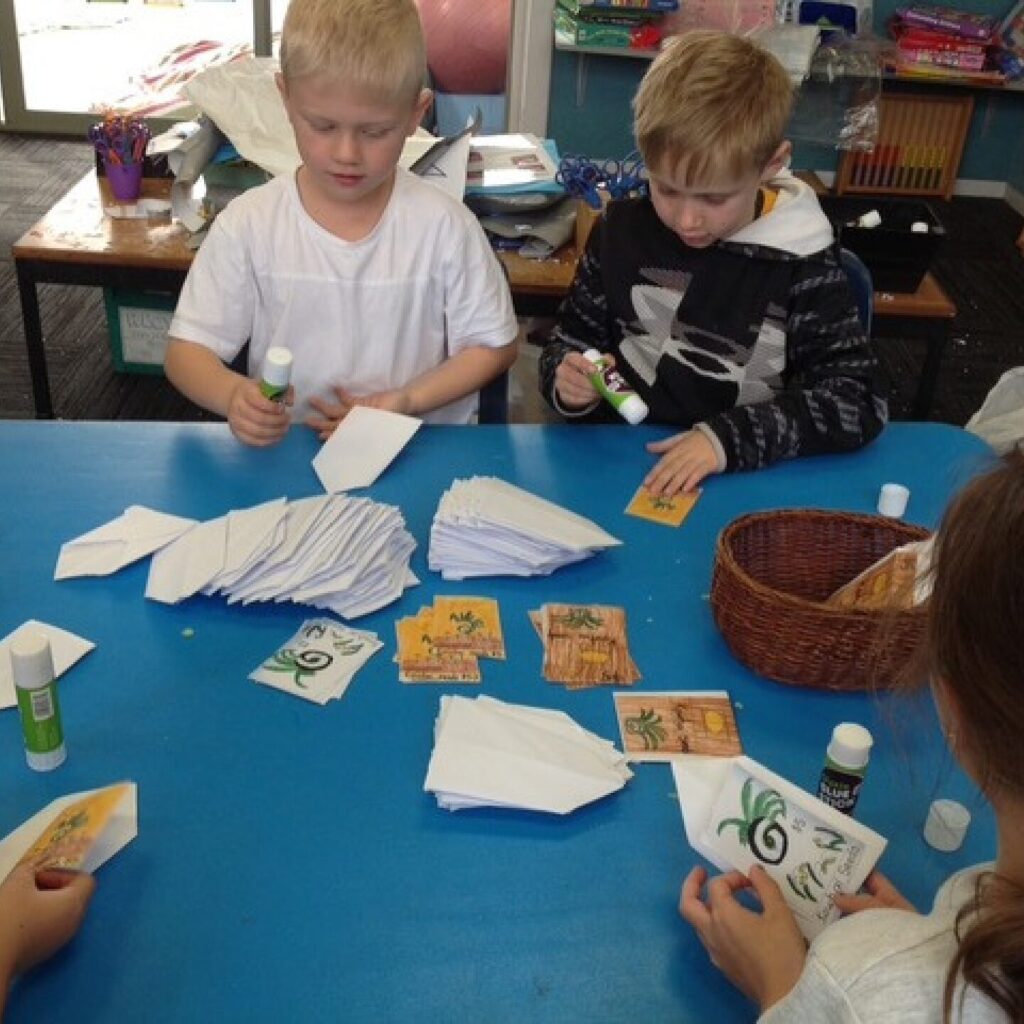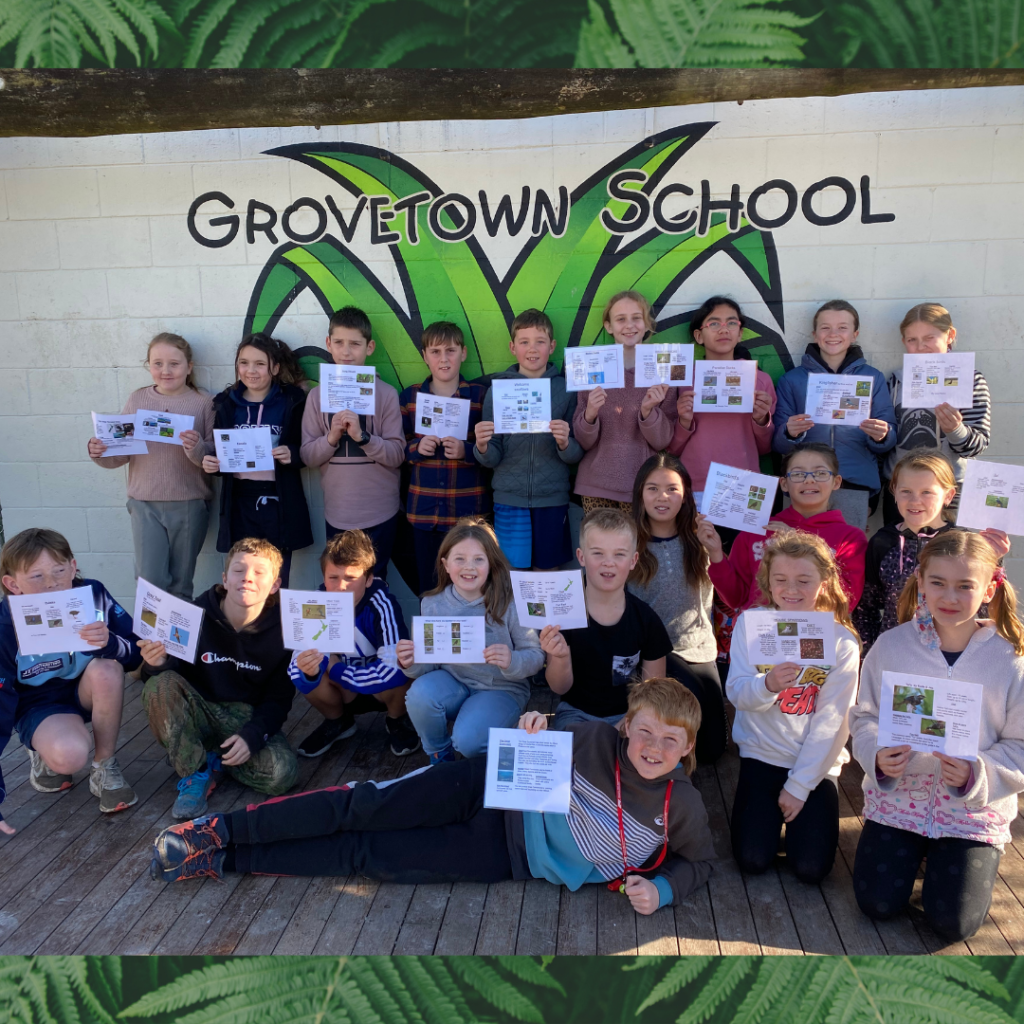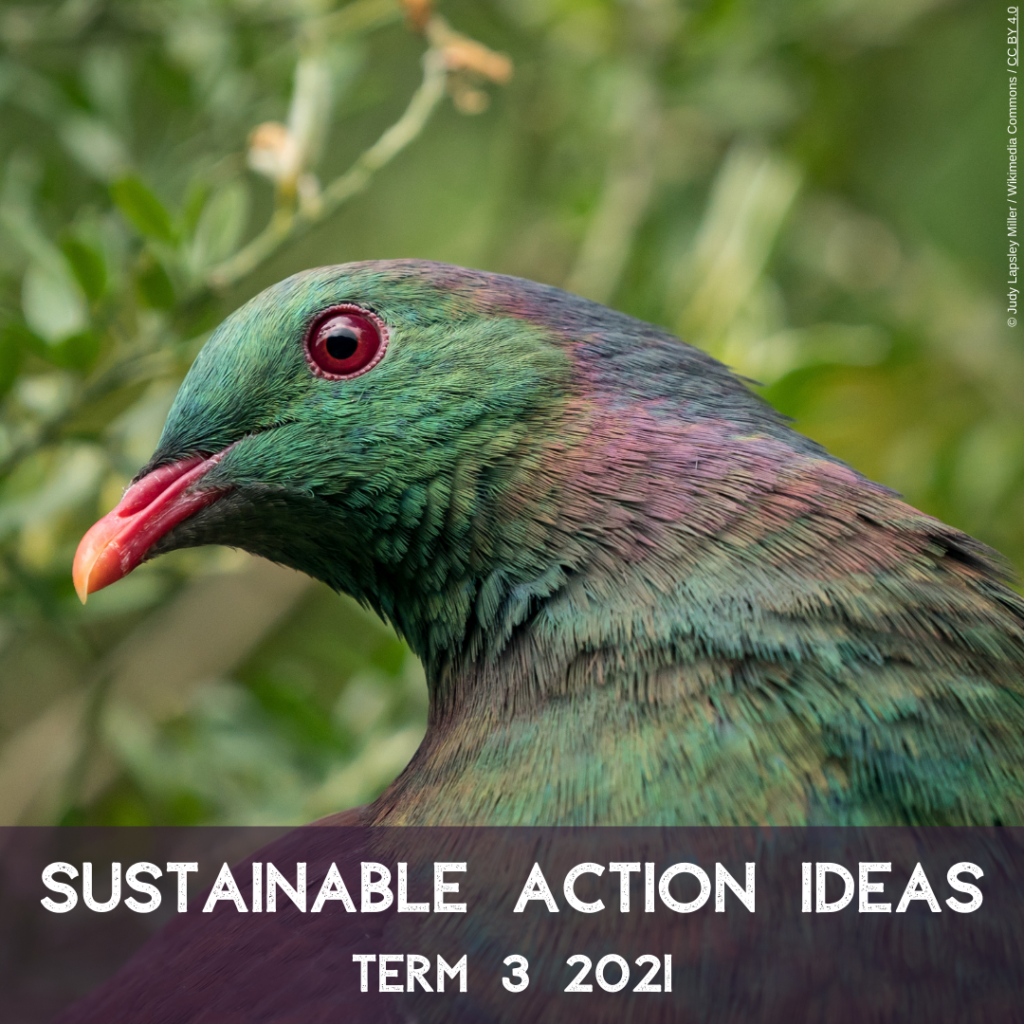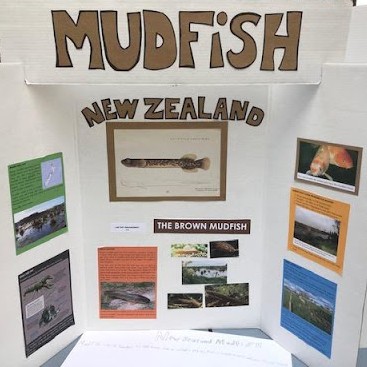The flightless takahē (South Island takahē; Porphyrio hochstetteri), is the world’s largest living rail (a family of small-medium sized ground-dwelling birds with short wings, large feet and long toes). The North Island takahē (moho; P. mantelli) is unfortunately extinct. Takahē have special cultural, spiritual and traditional significance to Ngāi Tahu, the iwi (Māori tribe) of most of New Zealand’s South Island. Ngāi Tahu value takahē as a taonga (treasure) and they continue to act as kaitiaki (guardians) of the takahē by working with DOC to protect this precious species. https://www.doc.govt.nz/nature/native-animals/birds/birds-a-z/takahe/ Image source: Department of Conservation NZ...
Read More Te Rūma Rātā and te Rūma Pōhutukawa - kaitiaki of birds and habitats at Fairhall School
Whare wētā At the beginning of the year te Rūma Rātā and te Rūma Pohutukawa made a kaitiaki pledge to be guardians of birds and habitats at Fairhall School. We first set out to learn in particular about New Zealand birds, lizards and wētā so this could help inform how we could make a difference to their habitats around our school and local community. We also worked with local environmental educators and our Enviroschools facilitator to deepen our understanding of the native bush that is in our ngahere and what plantings might encourage more wildlife to...
Read More Grovetown School’s Waihi class has embarked on a special project this year to save the fantails in their school forest.
Identify
The project came about as part of an inquiry: ‘How is our place unique?’. The class began by exploring and learning about the native, endemic and introduced animals and plants in their school. During this exploration, some of the children found empty fantail nests which prompted thinking about why the nests might be empty.
Some of the students’ ideas were:
“rats have eaten them" - "it is too cold for the eggs and chicks so birds don't lay eggs in winter" - "the fantails think it’s too dangerous because of the rats and possibly stoats so they won't...
Read More Take a look at our list of ways that your students could take action towards sustainability this term.
Click here to link through to the list in our Enviroschools Marlborough google drive....
Read More Students at Grovetown School have created a ‘bird scavenger hunt’ resource for use at Grovetown Lagoon.
Grovetown School has had a long-standing connection with the nearby lagoon, being involved in regular whole-school tree-planting days and hosting a shade house where lagoon volunteers propagate and grow native plant seedlings. This project was part of a student inquiry looking at connections with the local community and local places.
-
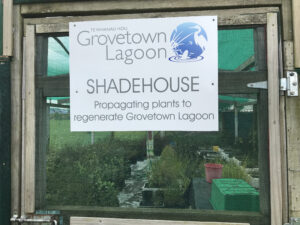
- Shadehouse at Grovetown School
-
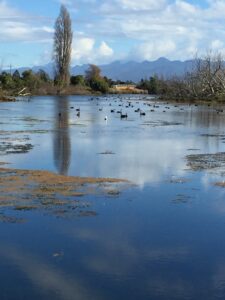
- Grovetown Lagoon
-
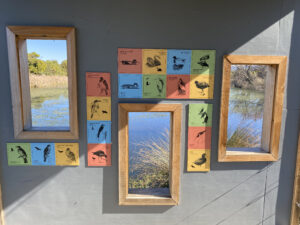
- The ‘hide’ is a great place for bird-watching.
Students in Waverley class came up with the idea of creating a resource during a class visit to the lagoon when they photographed and observed the birds that they saw. Students worked in pairs to research one of the birds that they had seen and to make a...
Read More Take a look at our list of ways that your students could take action towards sustainability this term.
Click here to link through to the list in our Enviroschools Marlborough google drive....
Read More Take a look at our list of ways that your students could take action towards sustainability this term.
Click here to link through to the list in our Enviroschools Marlborough google drive....
Read More The children in Rooms 3 and 4 at Richmond View School worked hard throughout Term 3 investigating New Zealand’s native endangered species of fish and birds.
Each student picked a species to study, researching their habitat, adaptations and the issues that have put the species in danger. Alarmingly, they found that New Zealand has 4000 species currently on DOC’s endangered list. The children also discovered plants, insects and animals are all connected. In te reo Māori, this is called whanaungatanga, and it describes why protecting our native biodiversity is so important. Losing one species has a carry-on effect; if we lose a tree, an insect can lose its home or a bird may lose its...
Read More 